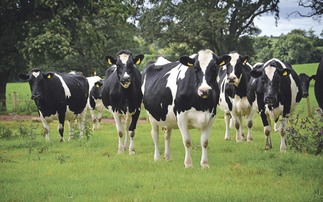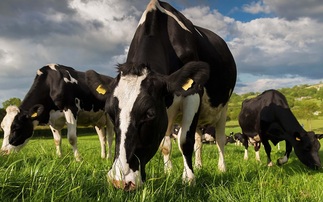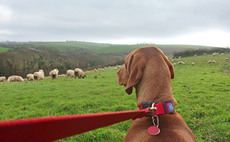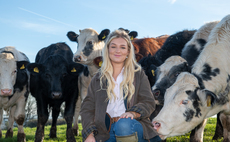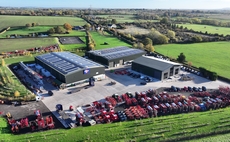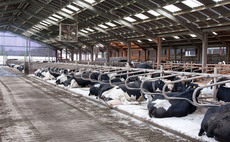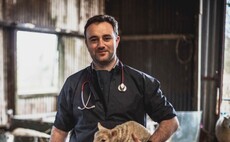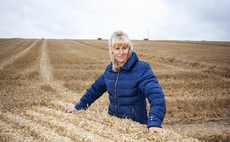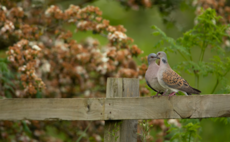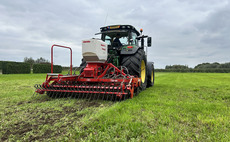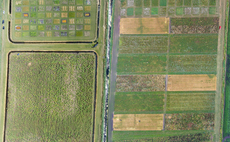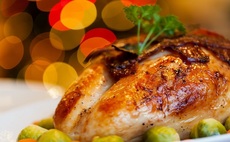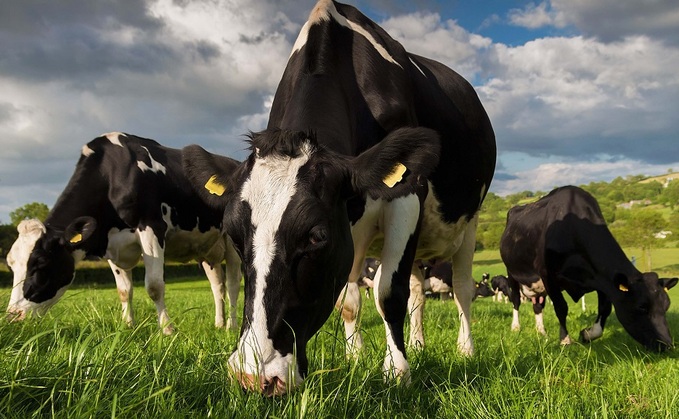
In 2022, the Animal Health and Welfare Pathway will be launched as part of the Sustainable Farming Incentive (SFI); the culmination of more than two years worth of research and co-design between farmers, vets and Defra specialists.
The Pathway has been designed as a way to bolster the health and welfare of farmed stock, while at the same time improving the sustainable productivity of farming businesses.
Vet Jonathan Statham of Bishopton Vet Group in Yorkshire and chair of the Animal Health and Welfare Board of England is one of the experts who has been involved in developing the new Pathway.
He says: All the research and discussion showed us that the farmers own vet and vet-led team must be at the heart of the initiative so, as a group, we are excited to launch the Annual Health and Welfare Review in spring 2022 the first step on the Pathway.
The review is a fully-funded yearly vet visit valued at 372-522 which is available to all cattle farmers in England currently eligible for the Basic Payment Scheme with more than 10 cows.
The farmers own vet or vet-led team will carry out the visit and the initial endemic disease focus will be bovine viral diarrhoea (BVD) which remains a major health issue for many producers and is always economically significant for affected herds.
Stressing that the Annual Health and Welfare Review places the farmer:vet partnership at its heart, Mr Statham says it will help develop a plan for change specifically for each farm involved.
Bespoke
The review will be bespoke to each farm but, as information is gathered and anonymously shared with the Pathway team, we will gain a better understanding of health and welfare priorities nationally, he says.
The data will not be used for inspections and will be stored securely. When its beneficial to share data, for example medicine data, for consumer confidence and promoting trade the farm wont be identifiable.
The process also aims to build on all the good work that has already been done by farmers and vets up and down the country, Mr Statham adds.
For example, where a farm has signed up to Red Tractor, CHeCS or BVDFree, the review aims to take this into account so that they should end up complimenting each other.
We know from looking at countries such as Ireland that have already prioritised national BVD programmes, the battle to control and ultimately eradicate BVD is not straightforward, Mr Statham says.
But, the disease remains economically significant, is a welfare issue, can lead to other conditions requiring treatment with antibiotics which, as a sector, we are trying to reduce and can limit a farms ability to trade.
Developing a plan with your own vet, based on the farms unique setup covering biosecurity, vaccination and record-keeping will allow your herd to make progress as well as co-ordinate farmers at a national level, especially important when trade discussions are underway.
We will be able to tick the BVD control box more effectively when in negotiations with other nations, adds Mr Statham.
According to the National BVD survey, which was conducted in partnership with Boehringer Ingelheim Animal Health, manufacturers of Bovela, the UKs leading BVD vaccine1, 88% of English respondents felt BVD eradication should be compulsory in England and not voluntary as it is now2.
While it is hoped that BVD control and eradication will become compulsory in England in the forthcoming time period, all those farmers who take part in the review process will be well placed when it does finally arrive, Mr Statham adds.
Information
As far as vaccination goes, gathering information around breeding cycles, biosecurity and the BVD status will help your vet develop a plan.
This will often include vaccination in order to protect against new infections, supported with biosecurity and testing to monitor the situation.
AHDB data shows that BVD vaccine uptake has been steady, with an estimated 4245% of breeding cattle vaccinated each year over the past decade (48% in 2014). This may be a conservative estimate as a proportion of female cattle aged 12-24 months are destined for slaughter and not breeding and are unlikely to be vaccinated for BVD.
Mr Statham says: After the last two years, we now all appreciate how important it is to control viruses at home to reduce the chances of them spreading either close by or further away.
As vets and advisers, the Animal Health and Welfare Pathway team is really excited to launch the funded vet review and make it clear our ambition is that over time, all farm businesses whether large or small, farm-assured or not, will be able to access a format that covers their own specific needs.
How to access the Annual Health and Welfare Review
Once the application date has been launched, information will be available on the GOV.UK website and applications can be made online or by phone in conjunction with your veterinary practice.
For more information visit


Points covered in the review
For BVD specifically, there are four main areas that the review will look at:
- Data collection: What is current performance for your herd, what is already in-place?
- Biosecurity assessment: Consider all the farms boundaries, any stock new or reared away coming home, bulls coming onto the unit and more.
- Endemic disease testing: Is BVD a current problem/is there a BVD control plan in place already?
- Report: A report specific to your farm, taking into account the areas that have been reviewed and including a specific plan for change.
What is BVDFree?
BVDFree England is a voluntary industry-led scheme, working to eliminate BVD from all cattle in England. Currently, it covers 6,100 herds (39% of beef and dairy breeding animals in England).
The key to success is to identify and remove all PI animals with the BVD virus from the English cattle herd.
By understanding the losses BVD can cause on-farm, it confirms that BVD control is essential to farm performance and that work with your vet under schemes like BVDFree help you to avoid such losses.





